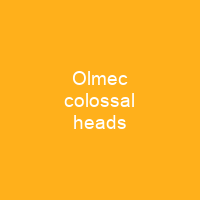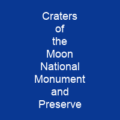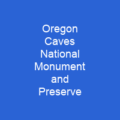The Olmec Colossal Heads: Monuments of Mesoamerican History
Imagine standing before a colossal head, towering over you with its ancient gaze. These monumental sculptures are not just pieces of art; they are windows into the past, revealing the grandeur and mystery of the Olmec civilization. Who were these people who created such awe-inspiring works?
The Olmec Colossal Heads: A Mysterious Legacy
The Olmec colossal heads are stone representations of human heads sculpted from large basalt boulders, ranging in height from 1.17 to 3.4 meters and dating back to at least 900 BC. How did the Olmecs manage to transport these massive sculptures over 150 kilometers using only human effort? The answer lies in their advanced planning and resourcefulness, suggesting that they were used for ceremonial purposes or as protective helmets.
Distinctive Features of the Colossal Heads
The heads feature distinct physical characteristics, including fleshy cheeks, flat noses, and slightly-crossed eyes. Each head has a distinctive headdress, which may represent cloth or animal hide originals, and wear large ear spools. The San Lorenzo heads are believed to be the oldest and most skillfully executed, with intricate details that hint at their importance.
Production and Transport of the Colossal Heads
The production of colossal heads required careful planning and resources, involving multiple artisans and laborers. The sculpture process involved direct percussion, hammerstones, and abrasives, with varying levels of relief on the monument. All seventeen confirmed heads were sculpted from basalt mined in the Sierra de los Tuxtlas mountains of Veracruz.
Transporting the Colossal Heads
The boulders used in colossal heads were transported from the source of the stone over 150 kilometers, likely using water or causeways due to a lack of beasts of burden and functional wheels. The flat backs of many heads were reworked to create a stable form for hauling with ropes, possibly easing transport.
Notable Examples: San Lorenzo Colossal Heads
The San Lorenzo colossal heads are particularly noteworthy, with the largest being San Lorenzo Colossal Head 2, standing at 8.8 feet high and weighing 20 tons. This head was discovered partially buried at the edge of a gully in 1945. The head features a plain band, U-shaped motif, semicircular motifs, strap-like structures, and a wrinkled forehead.
Other Notable Examples: La Venta and Tres Zapotes
La Venta and Tres Zapotes also have their own colossal heads. La Venta Monument 1 stands at 2.41 meters high, with features of a mature man with wrinkles, angular U-shaped decoration, and prominent ear ornaments. Tres Zapotes Monument A is the first colossal head to be found, standing 1.47 meters tall and weighing 7.8 tons.
Replicas and Exhibitions
The Olmec colossal heads have gained international recognition through replicas placed in various cities around the world. Miguel Alemán Velasco led the placement of these replicas, with locations including Austin, Texas; Chicago, Illinois; Covina, California; McAllen, Texas; New York; Paris; San Francisco, California; Washington, D.C.; and West Valley City, Utah. A replica of a San Lorenzo Head 8 was sculpted by Mexican sculptor Benito Ortega Vargas in July 2018 and placed on the mound on the Camino a Las Playitas just north of Todos Santos.
Conclusion
The Olmec colossal heads stand as testaments to the ingenuity and cultural richness of ancient Mesoamerican civilizations. These monumental sculptures continue to captivate us with their intricate details and historical significance, reminding us that the past is a place we can still explore and learn from.

You want to know more about Olmec colossal heads?
This page is based on the article Olmec colossal heads published in Wikipedia (retrieved on November 29, 2024) and was automatically summarized using artificial intelligence.







